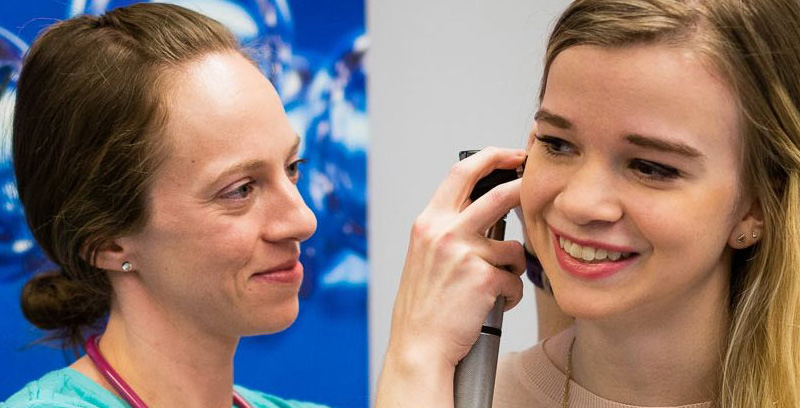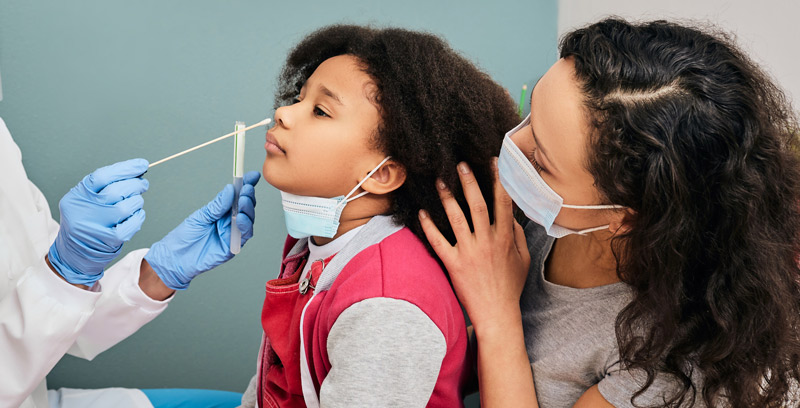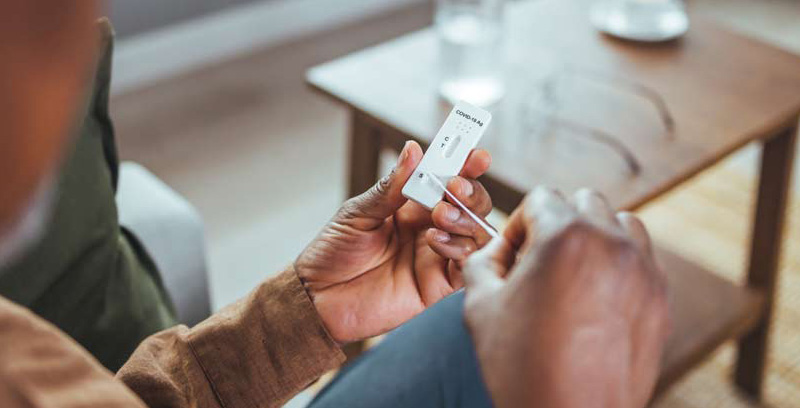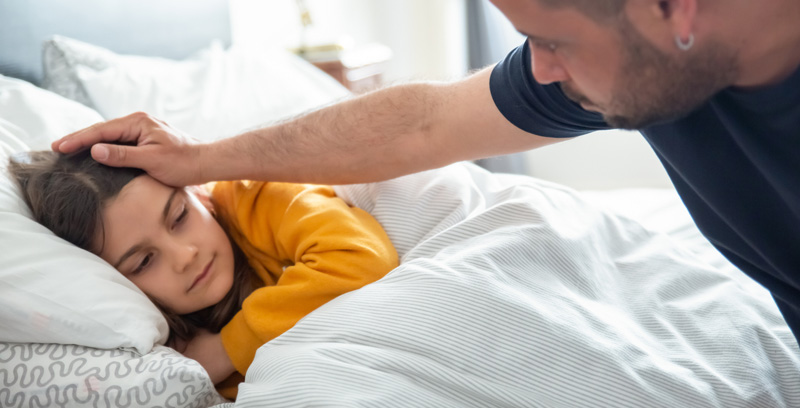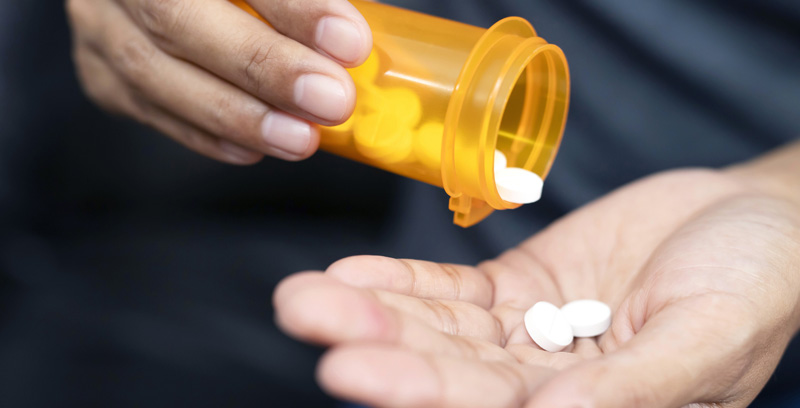The COVID-19 pandemic has brought many changes to the office
Thank you for being flexible as we adapt to an ever-changing situation.
Here are two things you can do to make sure you get the information you need:
- Make sure you have an active portal account. Not only is this an easy way to ask questions and see growth charts and immunization records, this is the fastest way to get your COVID test results if needed for school or work. Not sure if you have an account? Call us!
- Be sure we have your correct phone and email information so you can receive important announcements and updates.
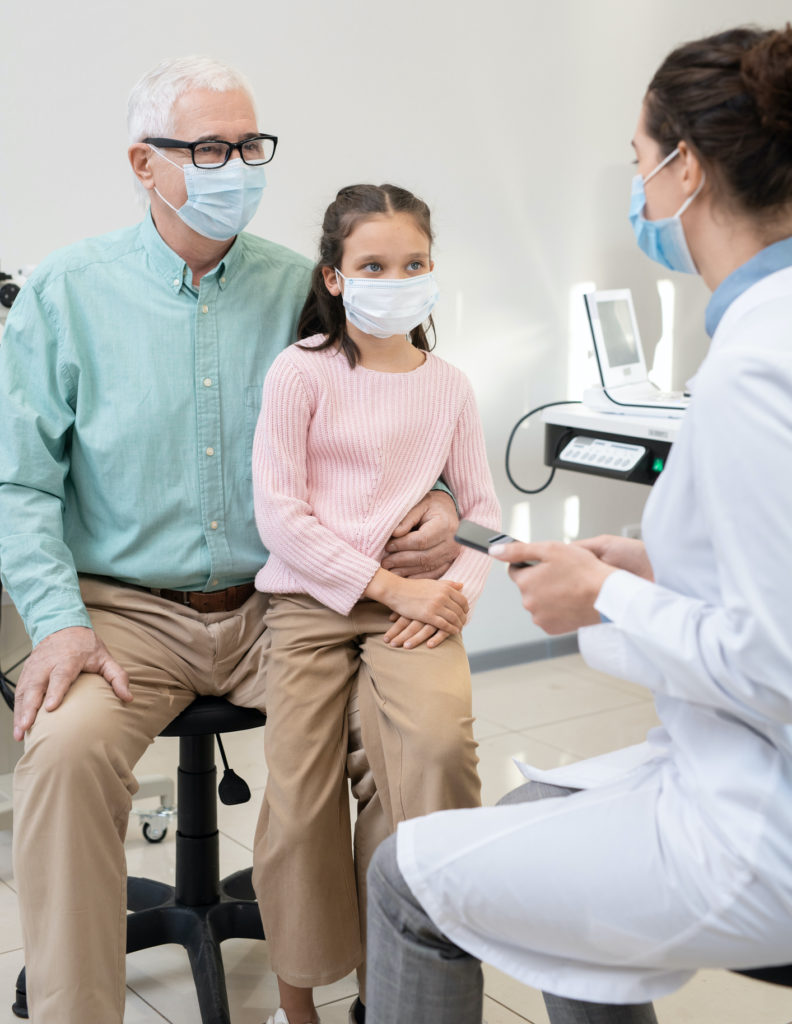

The material provided here is for informative purposes only. If you need specific medical advice, please call our office for an appointment or to speak with one of our advice nurses.

COVID-19 FAQs
MIS-C is an extremely rare but serious condition in children that is associated with COVID-19 infection. MIS-C is characterized by inflammation in multiple organ systems (brain, heart, lung, kidney, skin, or intestines), and can cause blood clots. Children with MIS-C are very ill and require hospital care, along with follow-up care after they leave the hospital. Fortunately, most children with MIS-C have recovered.
Call right away if your child has ongoing fever AND any of these symptoms:
- stomach pain
- bloodshot eyes
- diarrhea
- dizziness or lightheadedness
- skin rash
- vomiting
They can get their COVID-19 vaccine after the 10 days of isolation is over, as long as their symptoms are resolved. Waiting 2-3 months may lead to a better vaccine response, but with Omicron infections there is a risk of a new infection during this time, as Omicron infection provides very little immunity. You can find more information about timing here.
COVID-19 infection has been shown to cause heart inflammation in young poeple, even with mild or asymptomatic infections. Both myocarditis (inflammation of the heart muscle) and epicarditis (inflammation of the lining around the heart) have been seen. These conditions could worsen and become dangerous with exercise. Steps need to be taken to either clear a student athlete or determine if they need an ECG or a cardiology consultation to make sure they can return to sports safely.
There are many steps you can take to keep your baby safe. One of the most important ones is to make sure you and everyone living with or taking care of your baby is vaccinated against COVID-19. Limit visitors to your house, and have anyone who is sick wait to meet your baby. Babies love being outside so go for walks as much as you would like, but don't take your baby to large gatherings or crowded places.
In the hospital and at home, wear a mask when you are near or holding your baby. Ventilation (air purifiers, open windows) helps to decrease the risk of spreading COVID by lowering the number of viral particles in the air. Breastfeeding is encouraged, as you can give your baby antibodies your body has made, but it is important to wash your hands and wear a mask. You can find more information from the AAP and the CDC.
We are continually learning more about COVID-19 and how it affects people differently, and children may well have different risk factors than adults. The CDC has a list of conditions that are thought to put people at high risk for severe COVID-19; people with these risk factors may be able to receive antiviral medications. You can find more information on the OHA Treatment Page. Call us right away if you think your child is at high risk, as these medications need to be started as soon as possible.
COVID-19 behavior (contagiousness, symptoms, length of illness) and recommendations for ending isolation are both constantly changing. Oregon guidelines for daycare settings can be found here. Each school district sets its own policies based on public health recommendations; find your district here.
It's somewhat challenging to study, merely because so many things can affect our menstrual cycles... illness, stress, exercise, calories, and, of course, puberty! Because of this it is difficult to do studies and control for all of the factors that can affect menses. But, the emerging evidence does suggest that COVID infections (and in some even the vaccine) can cause temporary changes in menstrual cycles, both as far as timing and amount of bleeding. So far what we have seen is that this is a temporary effect, and cycles return to the person's normal.
Have more questions? You may find the answer in the AAP's Ask the Pediatrician: COVID-19 Roundup, and you can always ask us!

